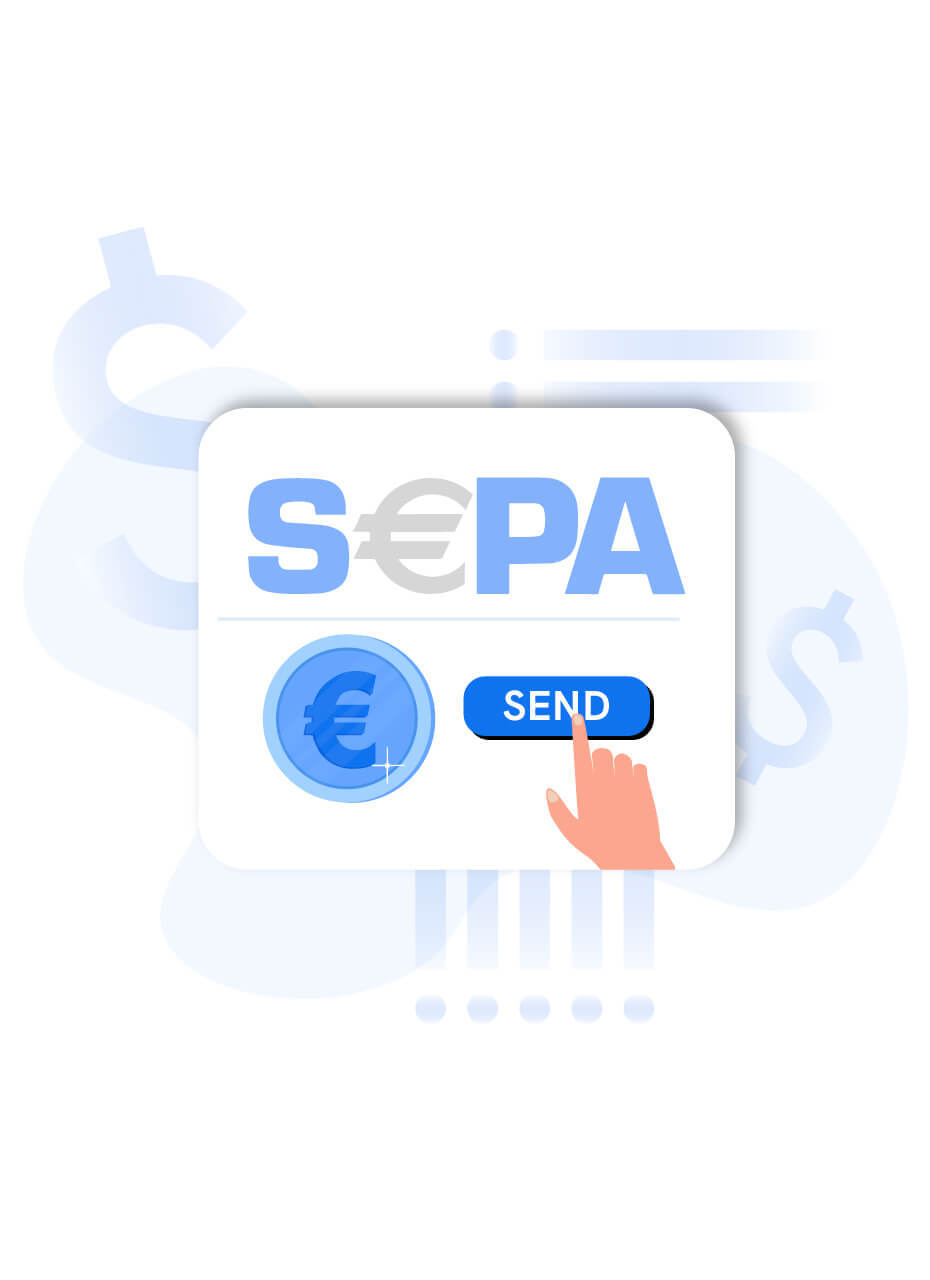
SEPA, or Single Euro Payments Area, is a well-known term for Europeans or those with financial ties in Europe. A fairly interesting concept, the SEPA is an initiative by countries of the European Union to ease the process of bank transfers made in euros. Currently, SEPA has thirty-six member states.
However, before diving into the list of members, let’s understand its significance and its working.
What is SEPA?
SEPA facilitates cashless payments between several European countries and is approved and regulated by the European Payment Council (EPC). European businesses and consumers use the SEPA structure to make payments across borders without any extra charges and with the convenience of domestic payments.
Types of SEPA transfers
On the surface, there are two types of SEPA transfers; credit and debit. A SEPA credit transfer is a one-time transaction among banks with IBAN identification codes. It is also used as a one-time service by consumers to pay for goods and services. The funds can be credited the very same day if the transaction is made in the first half of a working day.
On the other hand, a SEPA debit transfer is a recurring payment made within the EU among different countries. It is used by businesses to receive payments and can also be used for subscriptions, utility bills, etc. However, if we dive into the details, SEPA consists of four payment processing schemes:
The SEPA Credit Transfer Scheme: SCT is used to transfer money from one bank account to another in SEPA-participating countries. The currency used in such transactions is Euro.
The SEPA Instant Credit Transfer Scheme: This process is used to make instant cashless transactions to retailers, online stores, etc., in the European SEPA countries.
The SEPA Direct Debit Core Scheme: This is used for making recurring payments like bills, subscriptions, and more in SEPA countries. It is a ‘pull’ transaction where the payee has the authority to take the amount from the payer’s bank account. It’s a bank-to-bank transaction. It is again conducted in Euro, even if both the banks are in non-euro countries. The currency exchange takes place, where the extra fee is paid for the process.
The SEPA Direct Debit Business-to-Business Scheme: SDD B2B is an automated payment scheme that facilitates cross-border payments as quickly as possible.
Why is a SEPA account favourable in Europe?
If you’re someone who frequently travels to the countries in the European Union and other members of the SEPA system, it is advised to open an IBAN account. An IBAN account facilitates cheaper cash withdrawals in Europe and much faster transactions. It also allows one to have access to mobile and online banking applications. With multiple EU countries going cashless, having a European credit/debit/payment card is convenient for easy purchasing and expenditure.
Other benefits of SEPA
Along with being a convenient way of transactions in countries in the European Union, SEPA also facilitates global ACH payments. It helps one make speedy cross-border payments without having to worry about high transaction costs. It also provides access to payment platforms that help keep an eye on payment statuses, invoices and any other related updates.
How are SEPA payments initiated?
Setting up a SEPA transaction isn’t really much of a hassle. To make a transaction through SEPA, first, one needs the following information:
Name of the payee (person or organisation)
International Bank Account Number of the account
The country the money is being sent to
Business Identifier Code (BIC)
Now to initiate a transaction, the following steps are to be taken:
Submit the payer’s account information and the amount that is to be transferred.
An authorisation agreement named SDD Mandate is implemented to permit the biller to pull funds from the payer’s account.
Set up the payee’s account for the transaction.
Submit the transactions for processing.
Any international transfer of funds takes up to five days to complete. However, with the same currency being shared and the countries being close to each other, it can take much less time than that.
What countries are members of SEPA?
The following thirty-six countries are a part of SEPA:
EU member states with the Euro currency
Austria
Belgium
Cyprus
Estonia
Greece
Ireland
Italy
Finland
France
Germany
Latvia
Lithuania
Luxembourg
Malta
Netherlands
Portugal
Slovakia
Slovenia
Spain
EU member states where the currency is not Euro
Bulgaria
Croatia
Czech Republic
Denmark
Hungary
Poland
Romania
Sweden
Non-EU members of SEPA
Andorra
Iceland
Liechtenstein
Monaco
Norway
San Marino
Switzerland
United Kingdom (UK)
the Vatican City State / Holy See
Do you think SEPA is a good initiative? Drop your thoughts on social media when you share this article!


